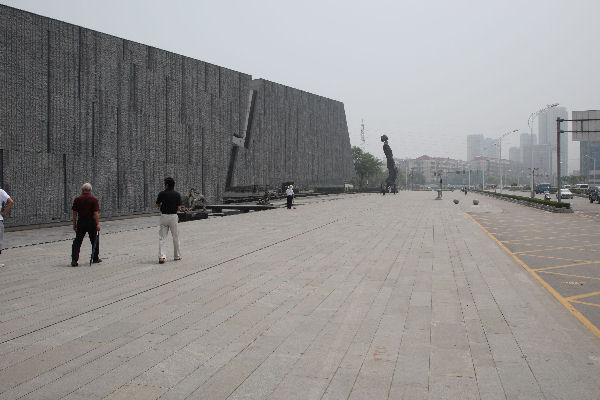
|
Touring Nanjing, Jiangsu Province - China 2008 Nanking Massacre 1937
In 1928, the Chinese Nationalist Government moved the capital of China from
Peking (Beijing) to Nanking. The city normally held about 250,000 people, but
by the mid-1930s its population had swollen to more than 1 million. Many of
them were refugees, fleeing from the Japanese armies which had invaded China.
On November 11, 1937, after securing control of Shanghai, the Japanese army
advanced towards Nanking from different directions. In early December, the
Japanese troops were already in the outskirts of Nanking.
In the
afternoon, two Japanese Navy fleets arrived. In the following six weeks, the
occupying forces engaged in an orgy of looting and mass execution which came to
be known as the Nanking Massacre. Most experts agree that at least 300,000
Chinese died, and 20,000 women were raped. Some estimate the numbers to be much
higher - 340,000 and 80,000 respectively. The Japanese government, to this day,
maintains that the death toll is greatly exaggerated, and some politicians have
even claimed that the Massacre itself is a fabrication.
|
| Nanjing Massacre Museum |